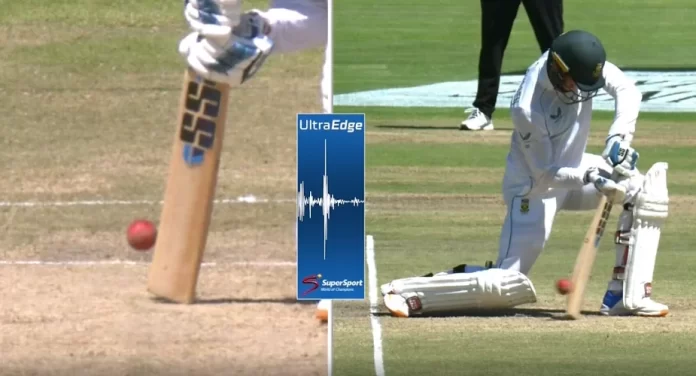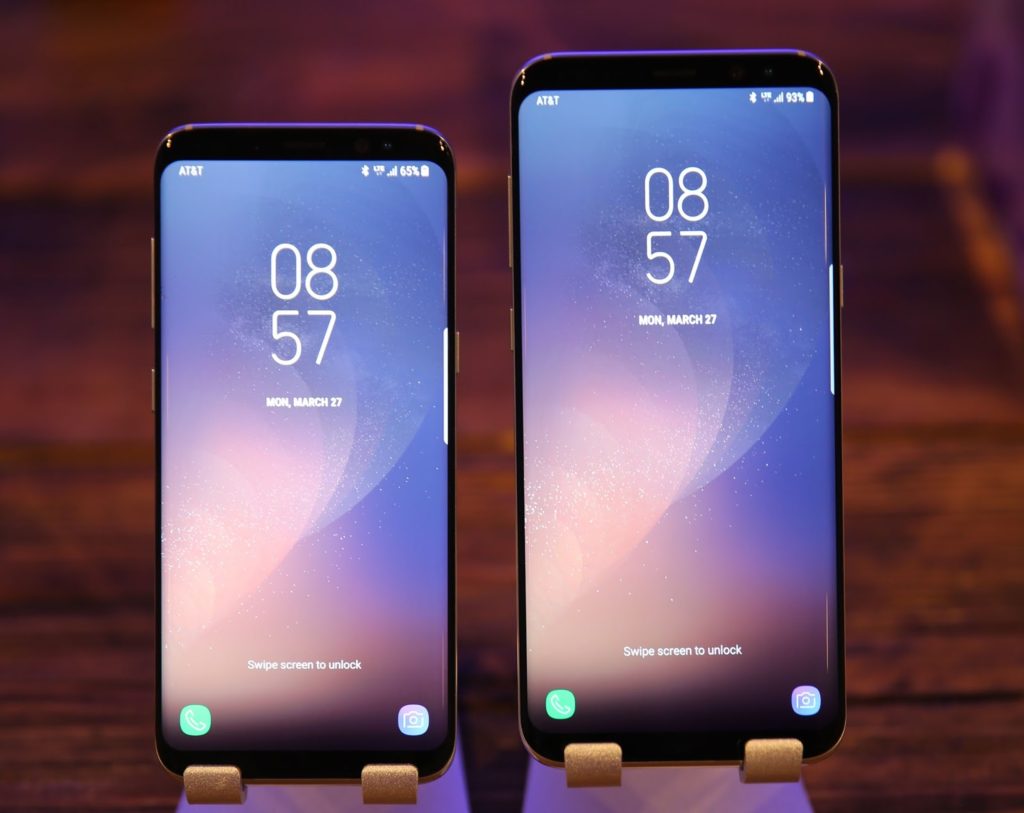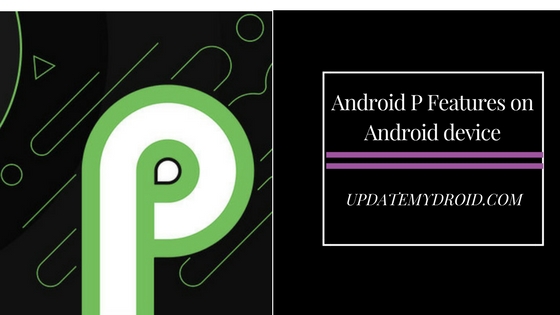Cricket is the most popular sport in India, uniting people from all backgrounds and regions. According to research in 2018, 93% of sports viewers in India watch cricket. To date, the country has hosted over 19,000 domestic, national, and international tournaments.
Technology has had a major impact on this thriving sport. It has helped to improve the fairness of the game and analyze players’ performances in depth, increasing the overall game experience for players and fans. One of the most prominent technologies in cricket is the Decision Review System (DRS).
Table of Contents
DRS’ story in India
The DRS is a technology-based system used in cricket to assist match officials in their decision-making. Teams can use DRS to challenge on-field decisions, such as whether a batsman is out or not.
In Indian cricket, DRS is used to review decisions on LBW, Run Out, catch, and boundary. As of a recent update, players in the IPL 2023 season can also request DRS for wides and no-balls.
The system works with multiple technologies, such as video replays, HawkEye, ball-tracking technology with Ultra-Edge or real-time Snickometer, and Hotspot, to assist umpires in making decisions. It is used in cases of leg before wicket (LBW) and caught behind the wicket.
The tech made its trial debut on the field in an international cricket match in 2008 between India and Sri Lanka. It wasn’t until a year later that the International Cricket Council (ICC) officially announced the system in the first Test between New Zealand and Pakistan. Despite being one of the first teams to use the DRS, India decided not to use it after just one successful review.
When the ICC decided to implement it across all international fixtures in 2012, India was against it. There were concerns about the accuracy of the DRS for both caught and LBW decisions. As a result, it was not used during matches at home.
The Board of Control for Cricket in India (BCCI) eventually accepted the system in the country in 2017 after a trial run against England. Since then, India has used DRS in their international matches, including the Indian Premier League (IPL).
However, the BCCI has not yet implemented DRS in the Ranji Trophy due to the high cost of the technology.
DRS vs. VAR: What’s the difference?
If cricket has DRS, then football has Video Assistant Referee or VAR. Both systems are used for decision-making in the field.
VAR has been praised for its ability to correct clear errors made by referees. However, critics also called out the VAR for disrupting the game and taking too long to make decisions.
When a VAR review is initiated, the game is paused as the VAR officials review the footage. The review can lead to long delays, frustrating players, coaches, and fans.
Meanwhile, in cricket, the DRS allows each team to request only two or three reviews per inning. When a review is requested, the third umpire reviews the footage of the incident and makes a decision. The footage is also shown on the big screen so fans can see what the umpires are looking at.
This system helps build trust between the fans and the umpires, as it shows that the decisions are being made fairly. In short, the DRS system is more transparent than its football counterpart.
Aside from enhancing the viewing experience, fans can use DRS to place a bet on their favorite cricket leagues. Fans can bet on whether or not a team will successfully challenge a decision. They can also bet on the outcome of the DRS review.
These can be an alternative cricket betting option to the match outcome, runs scored, or a player’s performance.











![How to Unlock Bootloader without PC On Android [2022]](https://cracktech.net/wp-content/uploads/2019/02/unlock-boot.png)